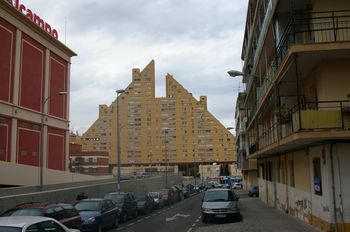
Alicante, Spain. January 2009.
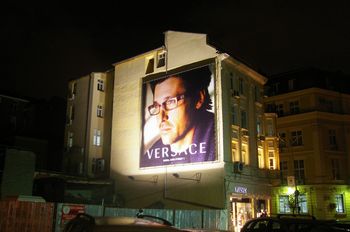
Sofia, Bulgaria. February 2009.
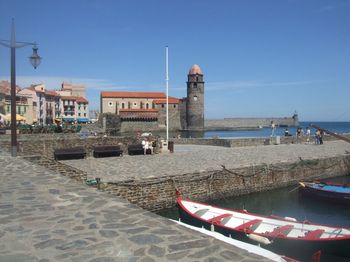
Port Vendres, France. April 2009.
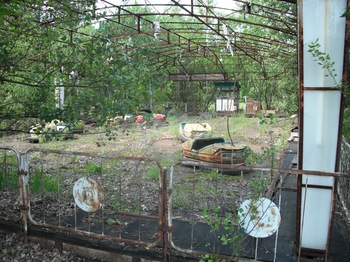
Pripyat, Zone of Alienation. June 2009.
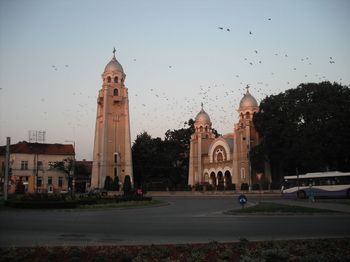
TimiŠŸoara, Romania. July 2009.
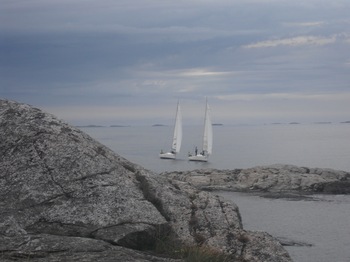
Marstrand, Sweden. August 2009.
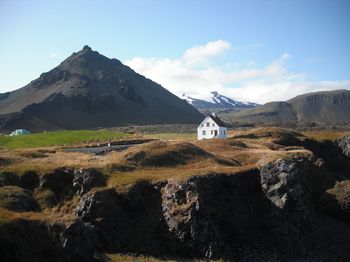
Hellnar, Iceland. August 2009.
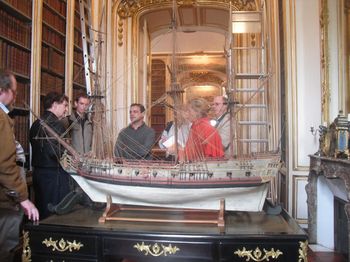
Versailles, France. September 2009.
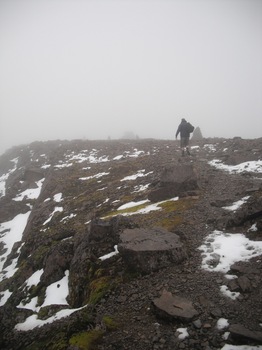
Ben Nevis, Scotland. October 2009.
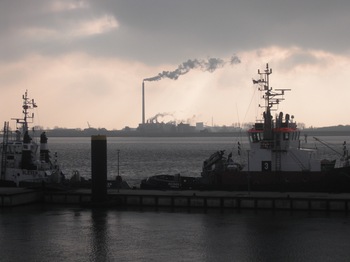
Bremerhaven, Germany. November 2009.

Krobielowice, Poland. November 2009.
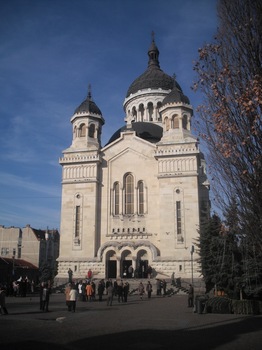
Cluj-Napoca, Romania. November 2009.

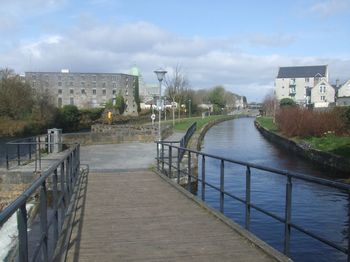
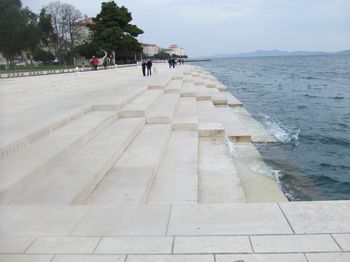
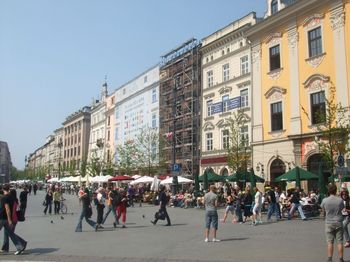
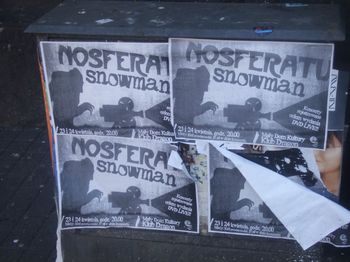

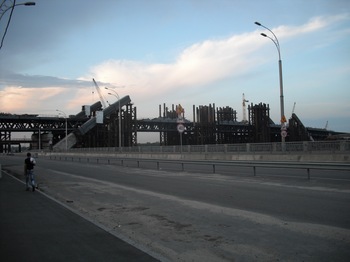
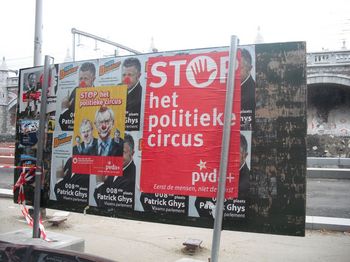
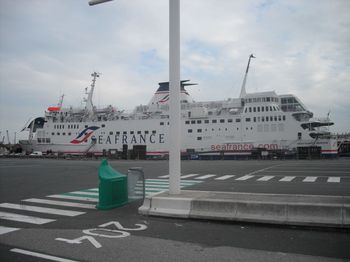
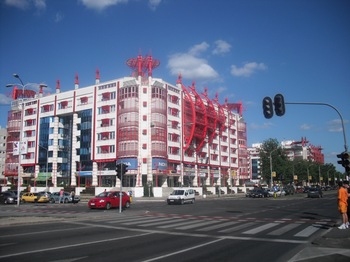
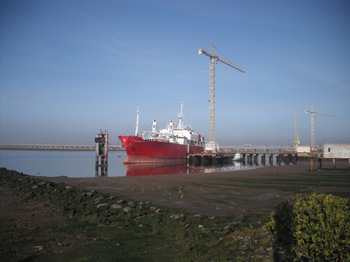
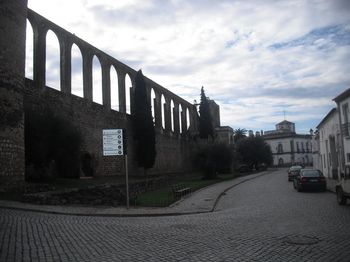
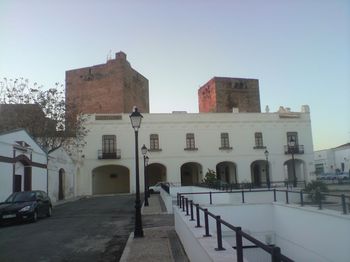




Hurrah! Samizdata’s one man global warming machine strikes again! Good on you, cobber!
Michael, this is pretty incredible…
you should really get out more, though.
Beautiful pictures all. Except, er, what happened to Scotland? Is that really all there is?
So beautiful.
Especially Scotland, Iceland and Versailles! (except that the ladder there clashes terribly with the woodwork-but that’s not your fault!)
Some good pictures there Michael; I especially like the one of TimiŠŸoara, Romania with the reflected sunset and the birds taking flight. Sunset light reflected off churches is… adjectives are no good here… it always holds my attention.
I’m slightly curious about the colourful building in the Belgrade image – it looks like a Nokia office or shop, but is it by any chance built on the site of the old State-run television network which was bombed in (I think) 1999? Or did you choose that building due to its’ obvious Nokia connection? Random question, sorry.
Great stuff, as always. However, a bit Euro-heavy I have to say (hint, hint).
The country around Zadar looks interesting (all the photographs do – this is just this one hits me hardest), although the Velebit is not far from Zadar (to the north) and I am told that this streatch of sea coast is astonishing.
Versailles I have been to – although many decades ago.
Krakow I had a chance to go to – but I was too stupid.
By the way you are quite right about John Howard – there is more to being Prime Minister than just keeping some limit on government spending.
My vision is distorted by my long concentration on Britain and the United States – both of which have had (and still do have) astonishingly bad governments in recent years.
Compared to them anyone looks good.
Merry Christmas and a Happy New Year to you.
Aesthetically, me thinks, the best one is definitely Bremerhaven, and therein lies a tale.
The airline industry owes you
an award!
Merry Christmas to you also Paul. (And indeed Merry Christmas to the readership).
I only saw a small area of the Croatian coast and the Croatian islands on that trip. Lots of people told me that the most spectacular parts (including the Velebit) were in other places, but what I saw was extremely beautiful. Seeing more of that coastline is certainly on the agenda for 2010.
On John Howard, the first point is that with Australia’s size, immense natural resources, relatively small population and (due to the right sort of immigration) and favourable demographics, governing Australia should be a relatively easy task. The trick is not to squander it. The one point to be said in favour of Australian governments over the decades is that they have no squandered it. The sort of consistent mediocrity that we get from Australian governments (including Mr Howard) is good enough in the circumstances, but would not be good enough in many other countries. And most other countries with similar natural plenty have squandered it. (See Argentina, for instance). I am happy if Mr Rudd spends much of his time waffling on about climate change and thinking that this makes him a major international statesman, because the more time he spends doing this and the less time actually trying to govern Australia, the better.
mike: I hadn’t thought of the building in Belgrade as being related to Nokia myself. On the other hand, there are Nokia logos in the photograph, so perhaps it is. There are actually several similar buildings close to each other – two of which can be seen in the photograph – and they are largely offices, with shops and other businesses in the lower floors, but mostly the sorts of shops that provide support for office workers.
These buildings are actually nowhere near the television studios bombed in 1999. Belgrade is at the intersection between the Danube and Sava rivers. The old city is on a hill between the two rivers, and was historically the location of a very strategic fortress. However, the majority of development in recent decades has been on the other side of the Sava river in so called New Belgrade (Novi Beograd), much of this on drained swampland. Many former communist cities have a “New (name of city) like this, but possibly because Belgrade is a city with pretensions of being a cultural capital and possibly because Yugoslavia wasn’t collectivised in the way that many other cities were, New Belgrade is architecturally far more interesting than many other such areas, and in fact a lot of the interesting stuff in the city (including most of the nightlife) happens on that side of the Sava. I was having a stroll around, and was struck by the Renzo Piano meets the headquarters of Ofcom quality of the buildings.
When putting these posts together, there is a certain mixture of simply picturesque pictures and pictures I find interesting due to some sort of subtext. When I make most of my blog postings, I put up pictures and then explain the subtext. In these end of year posts, I make no explanation at all, so the subtext cannot be too obscure. For Belgrade, I was going to use this picture. The reason that the top floors look different from the lower floors is because the building was repaired and additional floors added after the building was hit by 11 cruise missiles. However, if I put this up, I was going to get questions of “Why did you put up such a boring picture for Belgrade, when there are so many beautiful things in the city?”, which of course there are.
“I hadn’t thought of the building in Belgrade as being related to Nokia myself..”
Sorry – it was the obvious connection to make given your line of work and interests, the less obvious one being the old TV network building. I was just guessing, but now…
“In these end of year posts, I make no explanation at all, so the subtext cannot be too obscure.”
… I know better!
The historical remains of the big cities in central and eastern Europe are fascinating in their modern contexts – I look back on Prague as some kind of dormant horror carefully wrapped in tourism* and Berlin as schizophrenic, but I have (especially) good memories of Vienna. Of the Balkan cities, I’ve always fancied Dubrovnik and Sarajevo but I’m slightly curious about Belgrade now.
*I was intrigued by the fact that although tourists covered every inch of Wenceslas Square and elsewhere, the Magic Lantern Theatre attracted only – me. Everybody else walked right past it without pause, which I found quite unnerving.
Grew up in Galway. Long-time resident of Atlanta. Lump in throat. Thanks for the picture.
If I remember at all correctly, you’re on a relatively new (I left Galway in 1985) walking path close to Nun’s Island. I think the gray limestone building on the left of the picture is part of the UCG engineering department, with the Cathedral looming behind.
Mind you, I am going from Memory, and it’s been a while. Still, lump in throat. I do miss that town. Again, thanks for the picture.
Beautiful pictures. One thing that seems to be missing from these pictures is children.
I am simultaneously awed, jealous, and thankful (that I haven’t spent as much time in airports as you have). I hope that 2010 brings as many travel highlights as ’09, but hopefully just as many highlights with your family. Happy New Year.
mike: I find travel guidebooks to be almost entirely useless in the sense of telling me what in a place is interesting to see. They are useful in telling me what things should cost, where I might find a hotel or a restaurant, and practical details, but in terms of what in a city is historically interesting, or where great strides in the history of civilization might have taken place, or where the architecture might be interesting, or (even more so) where the engineering might be interesting, they are useless, and only lead you to things that are interesting in the most superficial ways. Most visitors see only the most superficial things, in my experience.
I look for patterns, structure, and things that relate to other things elsewhere. I try to figure out how the world is, and how it got there. Cory Doctorow has spoken about travelling to find the Zeitgeist, but I don’t even really think that is quite it, at least not to me.
In April, I went to Zadar, in Croatia. I went there because I had heard the Croatian coast was beautiful, and I needed something of a rest. Plus I had never been to the former Yugoslavia before, and it was an easy place to start. While attempting to get some sort of feel to the place, I discovered something interesting. There are no flights to Belgrade or anywhere in Serbia. There are no flights from Zagreb to anywhere in Serbia for that matter. There are no trains from Zadar to anywhere, presumably because the railway was damaged in the war and has not been repaired. However, if you go to the bus station, you find that a bus to Belgrade departs every hour. So, although Croatia fought a nasty war of independence against Croatia quite recently, Croatians still want to go to Belgrade, in large numbers. My response to this was that I wanted to go to Belgrade. So I did. As it happened, there are few flights from London to Belgrade either and for much the same reasons, and those that are are very expensive, so I flew to TimiŠŸoara instead, which is not far away and is something of a discount airline hub. When I got to Belgrade I found a city that seems itself (largely correctly) as the cultural and intellectual capital of the southern Slavs, but which is greatly insecure and feels a tremendous sense of humiliation from recent history. Perhaps because of this, it is also a city that parties long and hard. It is a strange and interesting place. I need to write in detail about that trip, and provide a lot more photographs.
Please, Michael, do (write about Belgrade).
“Strange and interesting place” – I’m hooked already.
Very insightful, about underlying structure and connections of the city. I’ll link to this comment of yours, if you don’t mind. It’s a good bookmark (or rather a “thought mark”)
“I find travel guidebooks to be almost entirely useless in the sense of telling me what in a place is interesting to see. They are useful in telling me what things should cost, where I might find a hotel or a restaurant, and practical details, but in terms of what in a city is historically interesting, or where great strides in the history of civilization might have taken place, or where the architecture might be interesting, or (even more so) where the engineering might be interesting, they are useless, and only lead you to things that are interesting in the most superficial ways. Most visitors see only the most superficial things, in my experience.”
I agree; I’m not sure whether the problem is one of comparatively low market demand for intellectually good guide books (however you define that) or simply that nobody has gotten around to producing and marketing them successfully. Perhaps there is some measure of both at work with that.
I would also add that one of the frustrations I often encounter is with the design of the interpretive material I often find at historical or cultural sites. The broken English would be little more than a minor distraction if it weren’t for the fact that there is often very little context given with which to understand the significance behind a sentence such as “Storage of military supplies was established in 1733; it was the initiation of “Military Supply Bureau”.* Is there some significance to that beyond the bare historical fact of storing military supplies? I could only guess. Actually, the lack of explanatory context is a problem in its’ own right because often a visitor may have little knowledge of the site prior to visiting it, and so dribs and drabs of random names, dates and mysterious quotation marks render little or no meaningful impression.
About six years ago now I was fortunate enough to have spent a week in Vienna, and although there were many pleasant surprises, it was the hours I had spent reading Viennese architectural and political history prior to my arrival that ensured I got the most out of it (and not just the Ringstrasse). Oh and repeatedly watching my DVD of The Third Man! Generally however, the time for studying a place before visiting it is a luxury that many people cannot afford – and that is what makes these guidebooks and interpretive booklets so disappointing.
“I look for patterns, structure, and things that relate to other things elsewhere. I try to figure out how the world is, and how it got there.”
Often I find that leaves me making more than one conjecture, and with little help from the businesses ostensibly engaged in making money out of helping me, I’m left clutching a bunch of frustrating “maybes”. Of course, sometimes this is simply because I’m looking at things about which little is known because there has been little obvious reason for anyone to bother finding out.
“…so I flew to TimiŠŸoara instead, which is not far away and is something of a discount airline hub. When I got to Belgrade…”
How did you get to Belgrade? Did you fly from TimiŠŸoara or take a train? What exactly is the issue with flying to Belgrade – political or airport problems?
“When I got to Belgrade I found a city that seems itself (largely correctly) as the cultural and intellectual capital of the southern Slavs, but which is greatly insecure and feels a tremendous sense of humiliation from recent history.”
I am very interested in how – or rather what things, what encounters gave you that impression apart from the obvious inference from recent history. Was it from talking to the people or from looking at the new architecture or…
“I need to write in detail about that trip, and provide a lot more photographs.”
You’ll have another interested reader here when you do get around to that.
*An excerpt from an interpretive panel at Anping Fort in Tainan, Taiwan.
“…and with little help from the governments ostensibly engaged in making money out of helping me, I’m left…”
It is more often than not government management isn’t it? That’s another problem – state control and management of historical or otherwise significant sites.
How did you get to Belgrade? Did you fly from TimiŠŸoara or take a train? What exactly is the issue with flying to Belgrade – political or airport problems?.
I got the train, which was slow, infrequent (one a day at an odd hour, as it was the overnight train from Bucharest to Belgrade), but inexpensive and got me there.
As for the issue with flights, international aviation is traditionally regulated by bilateral treaty between the governments of the countries between which the flights take place. (Should I just stop now?) In the old days, these treaties would often take the form of “The national state owned airline of country A and the national state owned airline of country B shall be the only airlines permitted to fly the route, and shall be permitted x flights per week each”. The more surreal instances would continue with “The timetable shall be y and the fares shall be z….”. Things have improved in most places over the last couple of decades, and have improved particularly in Europe. The EU is a single market internally, so any EU airline can fly between any two points in the EU. For negotiations with outside countries, the EU has taken over the right to negotiate from the individual countries, and prefers to negotiate treaties along the lines of “Any EU airline shall be permitted to fly from any airport in the EU to any airport in country C”.
Croatia has signed a deal with the EU to more or less this effect, and European discount airlines fly to Croatia in large numbers. Romania is part of the EU, and European discount airlines fly to Romania in large numbers.
However, if a new treaty with country C is not signed, existing treaties between the individual European countries and country C remain in force. In the case of Serbia, this has meant treaties signed with Yugoslavia have remained in force, and JAT and BA are the only airlines flying between Belgrade and London. Signing a new treaty with the EU would require good relations with the EU, and overtly accepting that the borders of Europe are those left at the end of the Yugoslavian wars. Serbia has been known to get prickly in such circumstances, and the EU is cold towards Serbia while (for instance) certain warlords from said wars remain at large.
As for flights between Serbia and Croatia, there was no aviation treaty between these countries prior to the wars because they were parts of the same country, and signing a treaty later has required a level of cooperation and recognition of the end of the wars that was not there.
That said, this issue now has been resolved – there have been a small number of flights from Serbia to the Croatian coast for a couple of years, and flights between Belgrade and Zagreb start in May – but it took an awfully long time. Relations between Serbia and the EU have also improved considerably. The EU has just (this last week) dropped visa requirements for Serb visitors, and Serbia has applied to join the EU, although one cannot in truth see them being admitted any time soon.
I am very interested in how – or rather what things, what encounters gave you that impression apart from the obvious inference from recent history.
Well, the business of the flights itself would be one. It’s once again back to looking for patterns, structure etc. I shouldn’t go on about it too long here, but should actually write the post about visiting Serbia. And I have one about visiting Iceland, too.
Glad someone is getting around. Beautiful.
Thanks for sharing very nice capture.. keep it up.